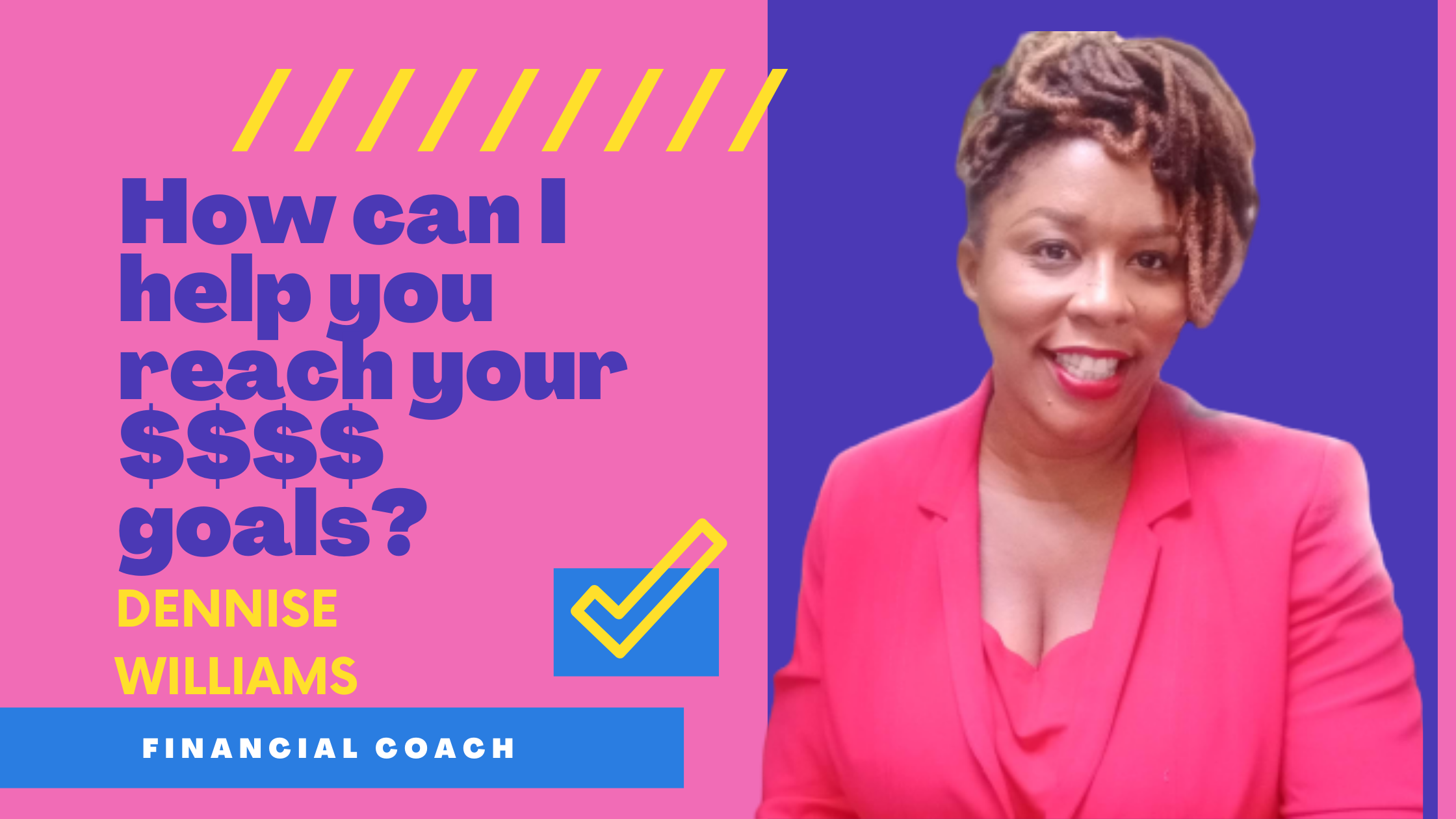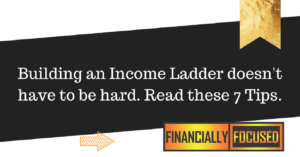Bond and money market investors are in a low-interest rate environment which will impact (a) how much money they should enjoy from their investments (b) how much the investments actually grows ( c) how to make the portfolio meet their overall goals.
Since the Great Recession in 2008, interest rates have fallen to historically low levels. In 2020, the average interest rate for savings accounts in the U.S. was 0.06%; six-month CDs averaged a 0.14% rate of return.
What Drives Today’s Low Interest Rates?
According to this awesome article, the main driver of short-term interest rates is the Federal Reserve (the Fed). In an effort to spur economic growth in the wake of the COVID-19 pandemic, the Fed reduced its target for short-term interest rates to 0.00% – 0.25%. Low-interest rates make it cheaper to borrow money and encourage consumer and business spending. In response to continued unemployment and low inflation, Federal Reserve Chairman Powell said he expects the Fed to keep short-term interest rates low for the foreseeable future.
Seven ways to boost returns with low interest rates:
Change your bank for higher returns.
Preferred securities offer the best of both stock and bond returns.
Invest in real estate for higher yields.
CDs increase cash yields.
Seek out high-income ETFs.
Discover undervalued high-yield securities.
Buck the crowd with emerging-market ETFs.
Change your bank for higher returns.
Many investors ignore cash returns in their low-yielding savings account, with interest rates of less than 1%. For your cash on hand, having your money in a high-interest saving account that offers a higher yield than a traditional savings account could be a better option for managing your cash in the short term. These yields should be higher than the average bank savings account and more than the average money market fund yield of 0.5%, says Greg McBride, a chief financial analyst at Bankrate.com. By simply searching for higher-yielding savings accounts, investors can easily increase cash account returns. Currently, online banks offer returns higher than the national average with Federal Deposit Insurance Corp. insurance up to $250,000 per depositor at an individual bank. While these returns aren’t immune to declines, bank savings account rates tend to hold up better than those of money market mutual funds.
Preferred securities offer the best of both stock and bond returns.
Preferred securities are hybrid investments that have fixed par values, or face value, and make scheduled coupon payments similar to bonds. They also carry credit ratings, have long or no maturity dates and might be callable or eligible for redemption by the issuer by a certain date. Preferred stockholders have a higher claim on dividends than common stockholders and a lower claim than a company’s bondholders. Similar to stocks, preferred shares aren’t required to repay the principal, but these securities come with two key risks: interest rate risk and credit risk. Investors taking a position in securities with higher yields must have a plan to manage their risk, says Josh Sailar, certified financial planner and partner at Blue Zone Wealth Advisors in Brentwood, California. In the case of preferred securities, “Investors need to think about their allocation to alternatives because they’re sensitive to interest rates and tend to react differently to market movements,” Sailar explains. Because of those risks, preferred securities offer higher relative yields than common stock or corporate bonds. One fund to consider: iShares Preferred and Income Securities ETF (ticker: PFF), which currently yields 5.32%.
Invest in real estate for higher returns.
When reaching for yield, beware of taking on too much risk, says Mark Painter, president at EverGuide Financial Group in New Jersey. He suggests yield-seeking investors look to real estate investments. Owning real estate for lease is a way to diversify and create long-term cash flow and capital appreciation for investors with cash for a down payment. Real estate investment trusts, known as REITs, offer higher returns for long-term retail investors saving for retirement through high dividend yields and capital appreciation. REITs can serve as a diversifier in your investment portfolio since it’s an uncorrelated asset to equities, for example. For broad-based real estate exposure, the Vanguard Real Estate Index Fund ETF (VNQ) owns a wide range of real estate and currently yields 3.8%. New real estate crowdfunding platforms such as Diversyfund, Fundrise and Groundfloor are expanding rapidly and offer more direct real estate investments.
CDs increase cash yields.
Don’t forget about bank CDs. These investments are FDIC-insured and are issued with terms from six months to approximately five years. Many banks offer promotions to secure new customers, and CDs can be a safer path to higher yields than stock dividends. While savers might worry about early withdrawal penalties, these are minimal. If a saver redeems the CD before maturity, the sacrifice is typically no more than three to six months of interest, a small price to pay for the higher yield. If you have liquidity risk, or you need to get access to your money, you want to pay attention to the length of maturity and go with a short-term CD, says Michael Loukas, principal and CEO of TrueMark Investments in Rosemont, Illinois. To get CDs that give you yield, your money needs to be tied up for a period of time. The consequence is you’re trading income levels for no risk, and if you don’t take risk, then you get low returns. This could be a short-term way to give you slightly higher returns than what’s available in a savings account or money market CDs, but it’s not going to be a solution in the long run.
What is the investment return analysis that is done for you by your financial adviser?
The economic benefits of investments should help you in the following ways:
- Greater knowledge about the actual investment. So for bond and money market investors, there should be an understanding about the market after the conversation with the financial adviser.
- The ability to repeat a successful strategy that made you money.
So the question is what is your expected return on your investment in the 12 different categories of your financial life???
Schedule a free consultation.
Let’s talk about your expectations from wealth building training program.




